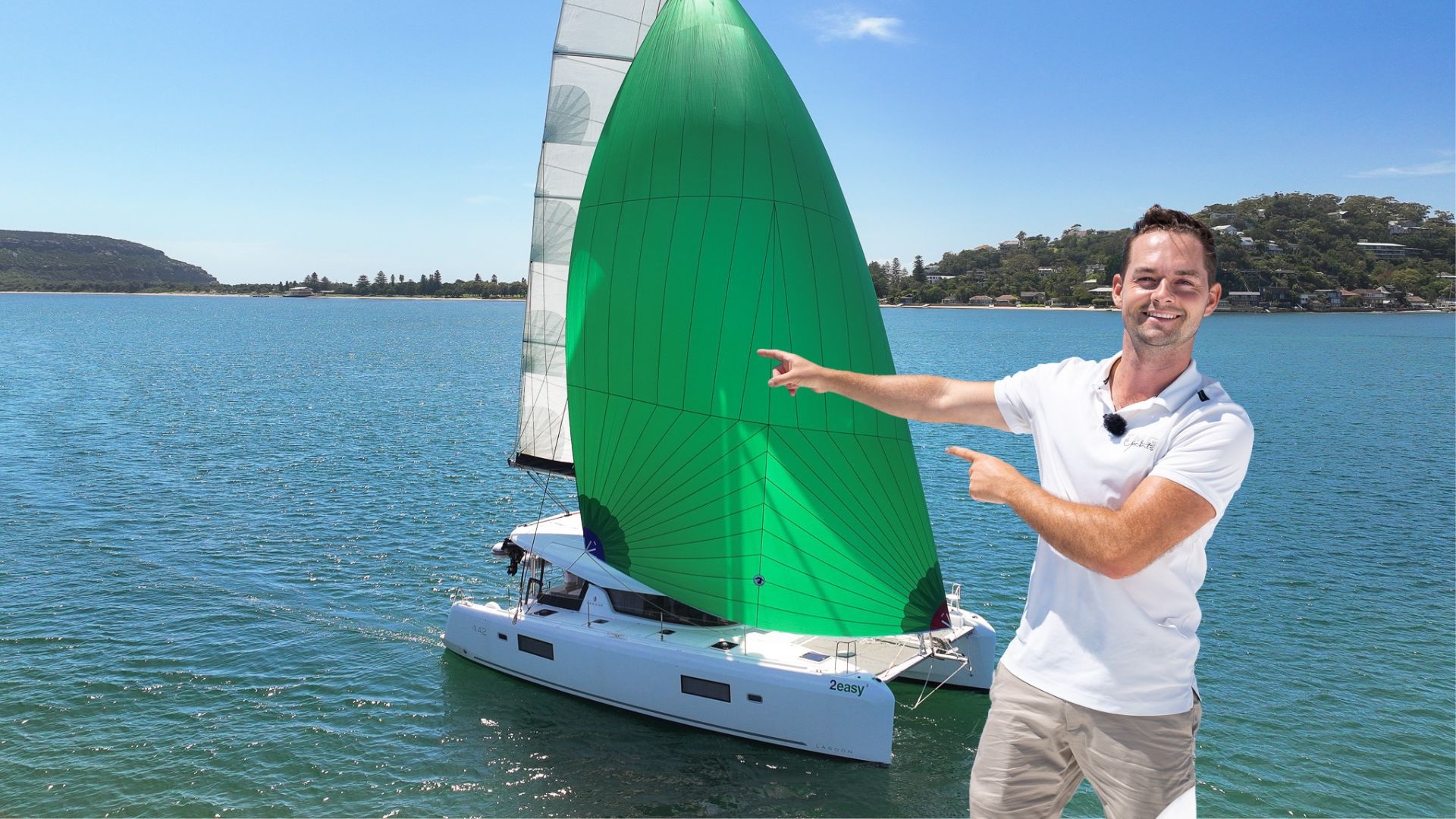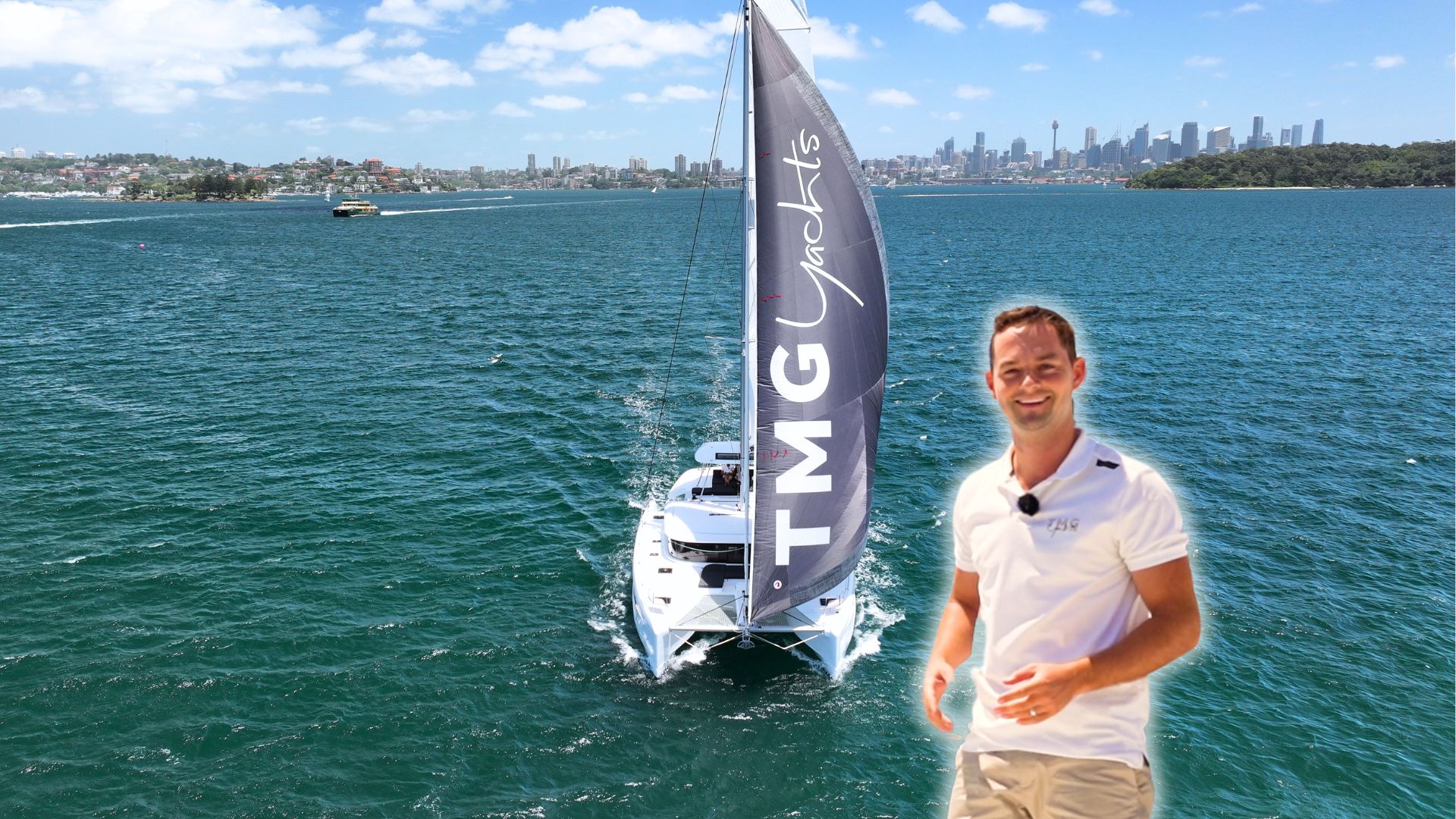How to Dock in a Crosswind on a Catamaran (in a tight space)
Inspire and Learn Docking Techniques: How to Dock in a Crosswind
Looking to discover how to dock in a crosswind? Docking a catamaran can be a challenging task, especially when you’re dealing with a tight berth and a crosswind. However, with the right techniques and a bit of practice, you can master this skill and dock your catamaran with confidence. In this Inspire and Learn guide, we’ll walk you through the steps to dock a catamaran in a tight space, even when the wind isn’t in your favor.
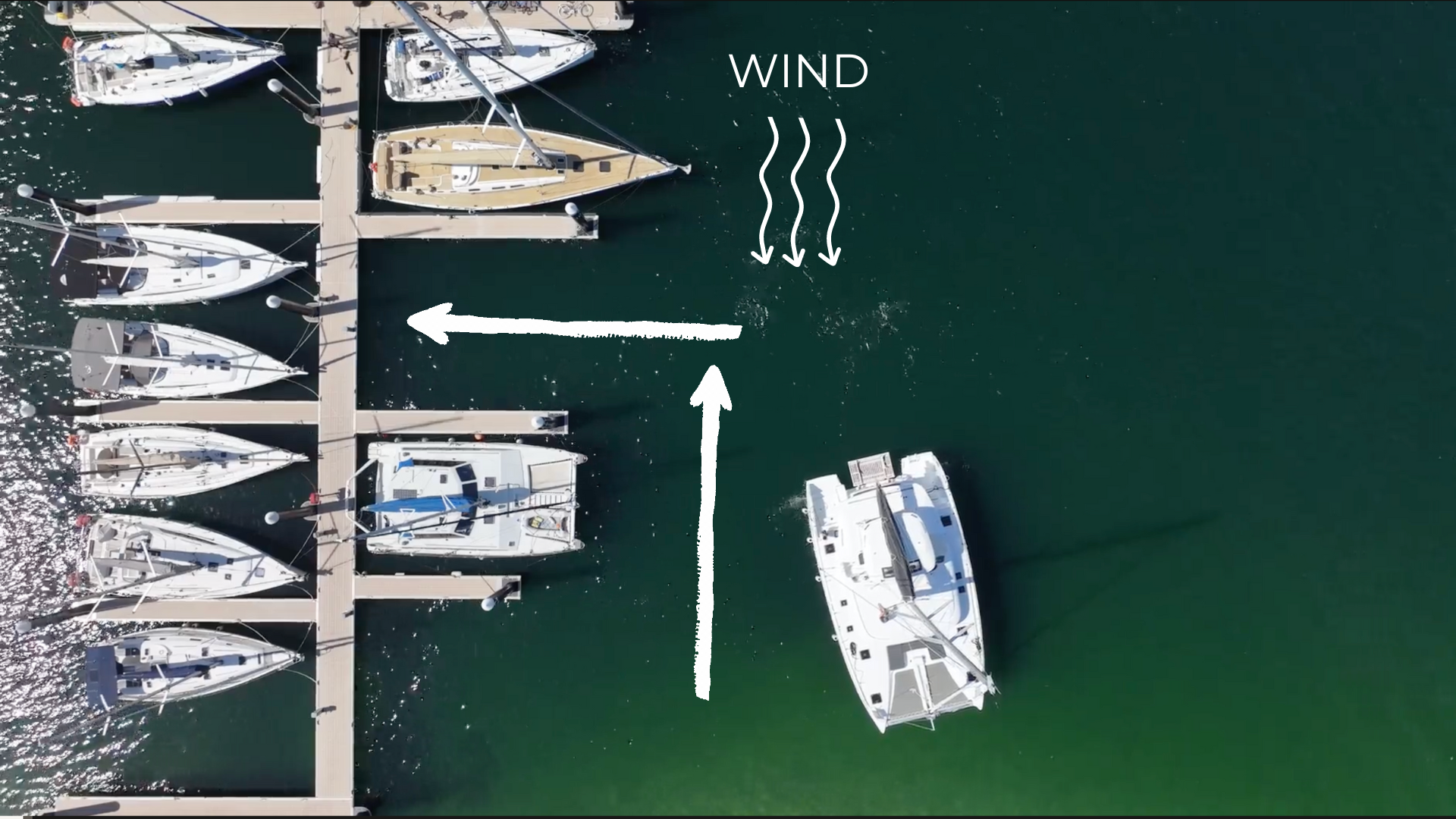
Step 1: Assess the Situation
- Wind Direction and Speed: Before making your approach, take note of the wind direction and its strength. This will influence your docking strategy.
- Space Available: Evaluate the docking area, considering the space you have to maneuver. Identify any obstacles, including other boats or structures, that could affect your approach.
Step 2: Prepare Your Catamaran
- Stow Your Sails: Stow and secure sails to avoid unnecessary windage.
- Crew Communication: Brief your crew on their roles. Ensure fenders and lines are prepared, and everyone is aware of the docking plan.
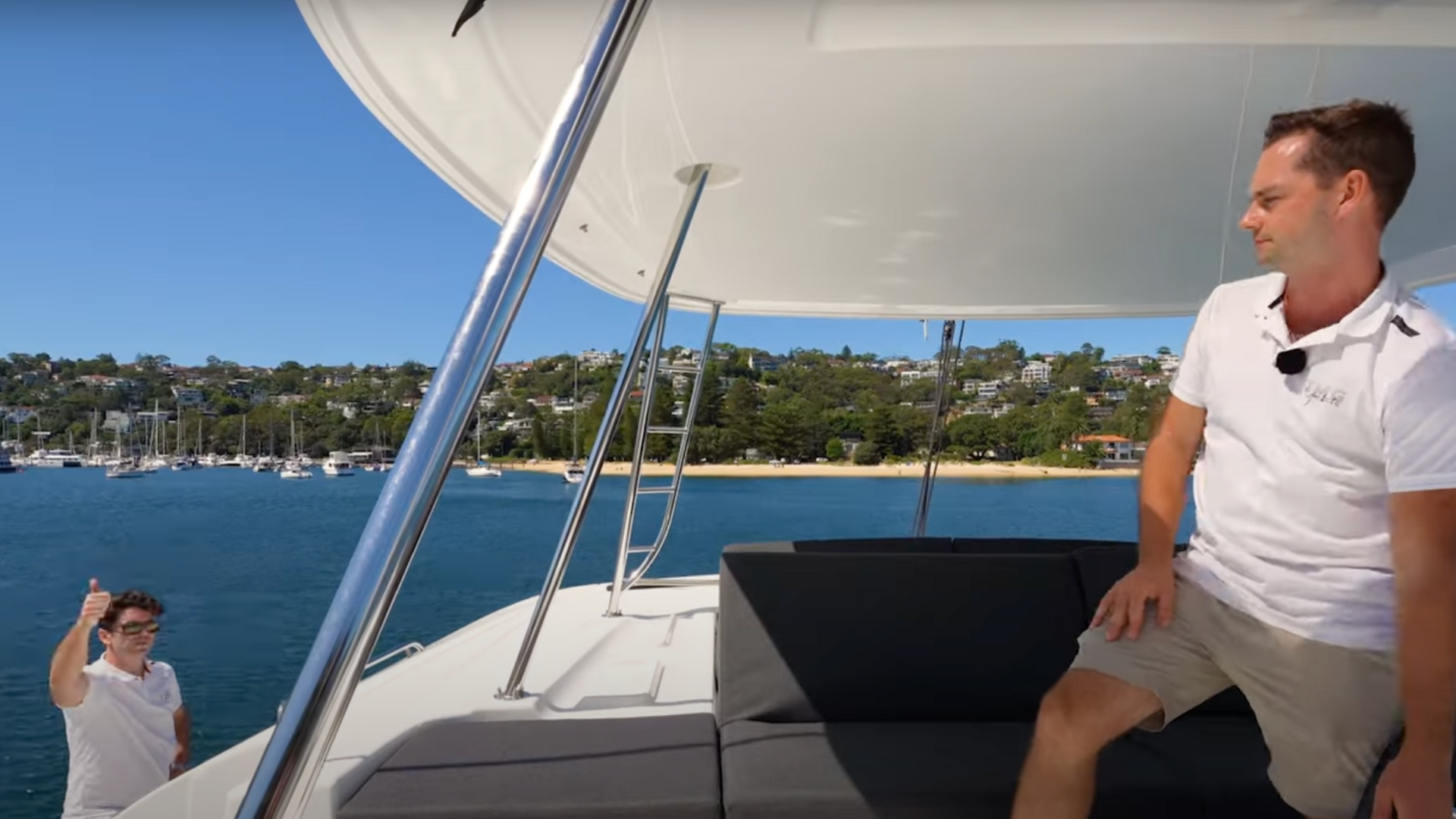
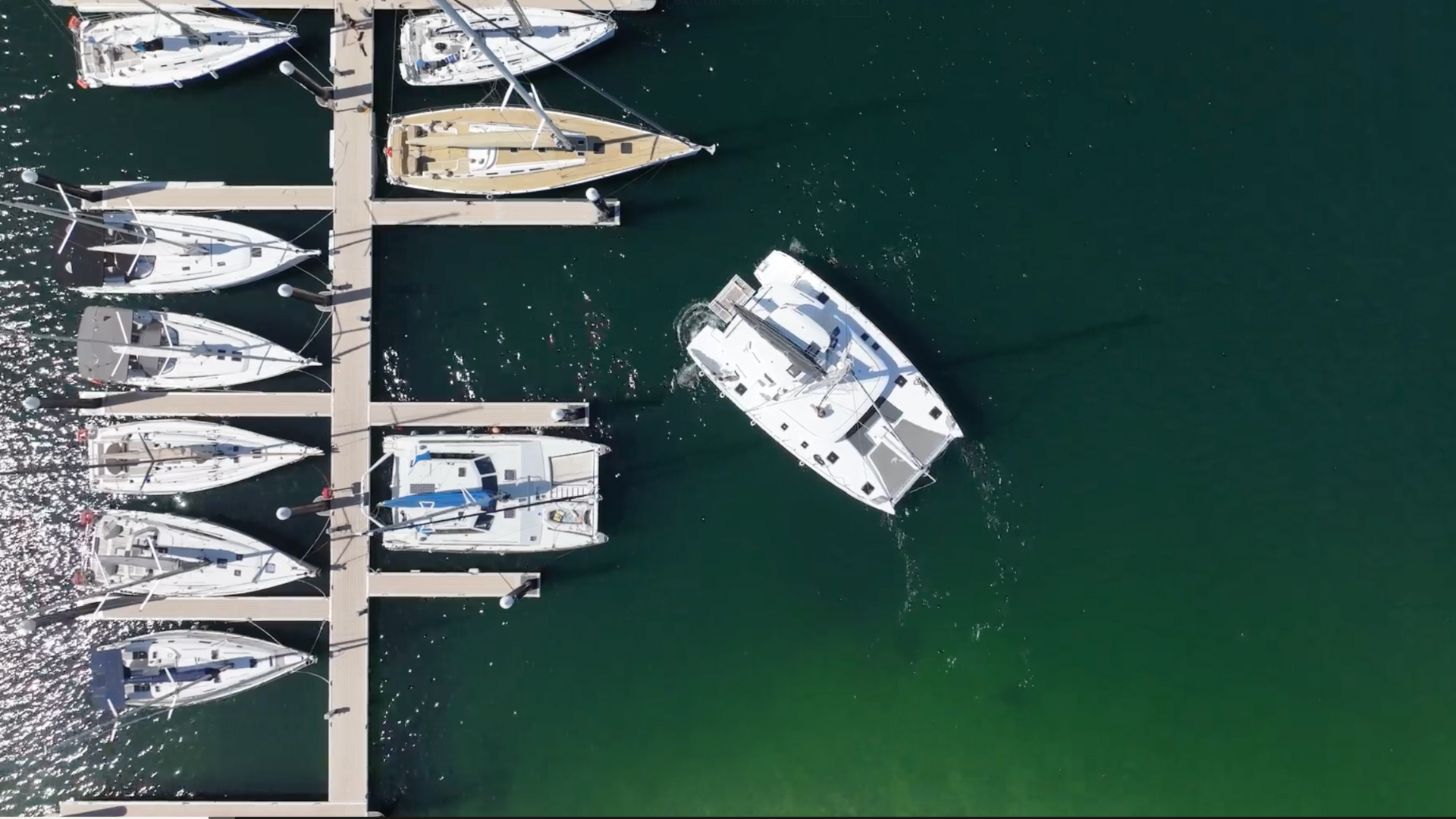
Step 3: Position for the Approach
- Turn the vessel stern to wind: Begin your approach from downwind at 90 degrees to the berth. This will help you control the boat’s speed and direction as you near the dock.
- Maintain Momentum: Keep enough forward momentum to maintain steering control, but be prepared to adjust your speed as you approach.
Step 4: Use Engine Control to Your Advantage
- Twin Engines for Precision: Utilize your catamaran’s twin engines to maneuver effectively. If the wind pushes your stern, use differential engine thrust to counteract the drift.
- Small Corrections: Make small, controlled adjustments with your engines to keep your catamaran aligned with the dock.
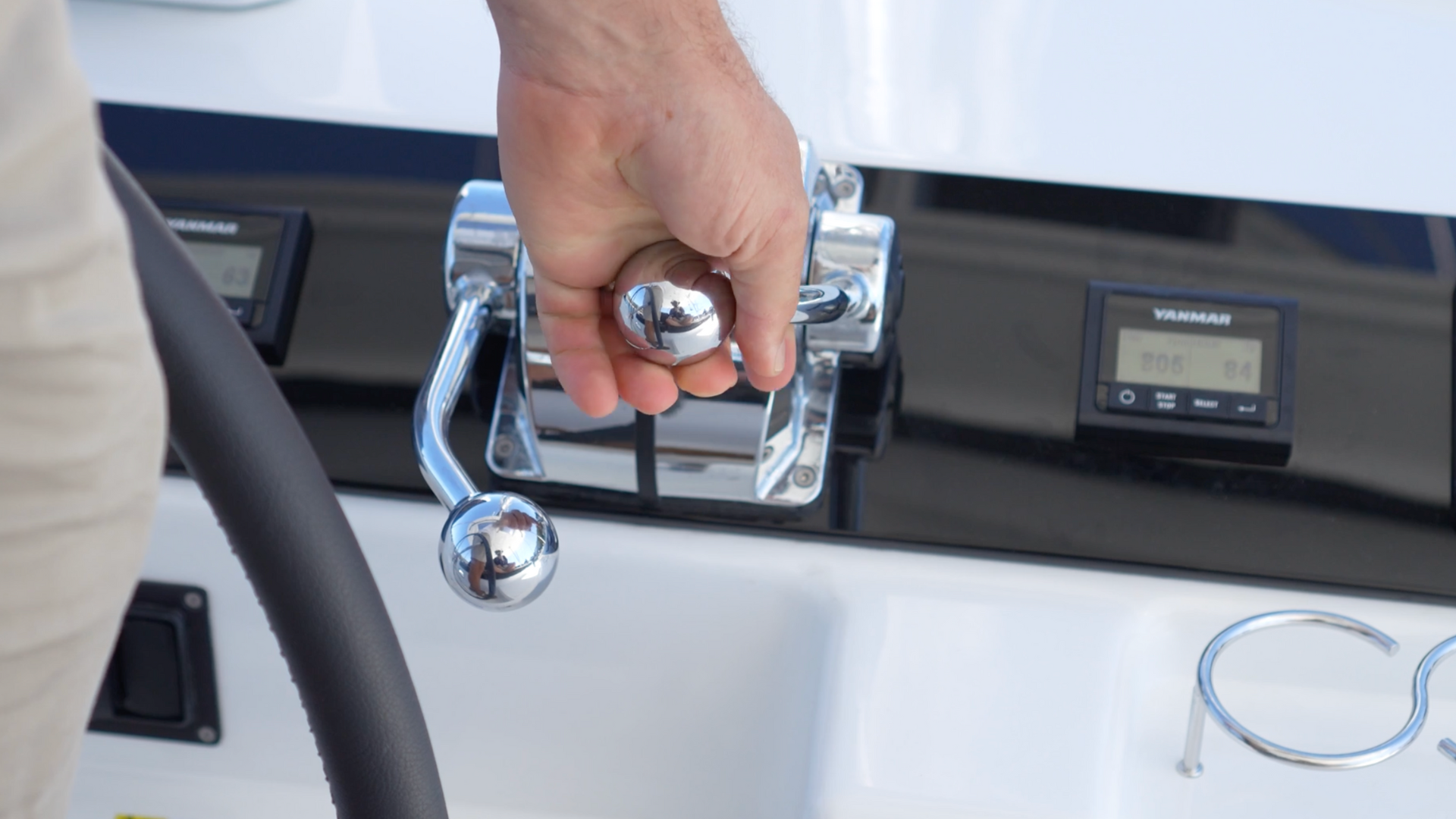
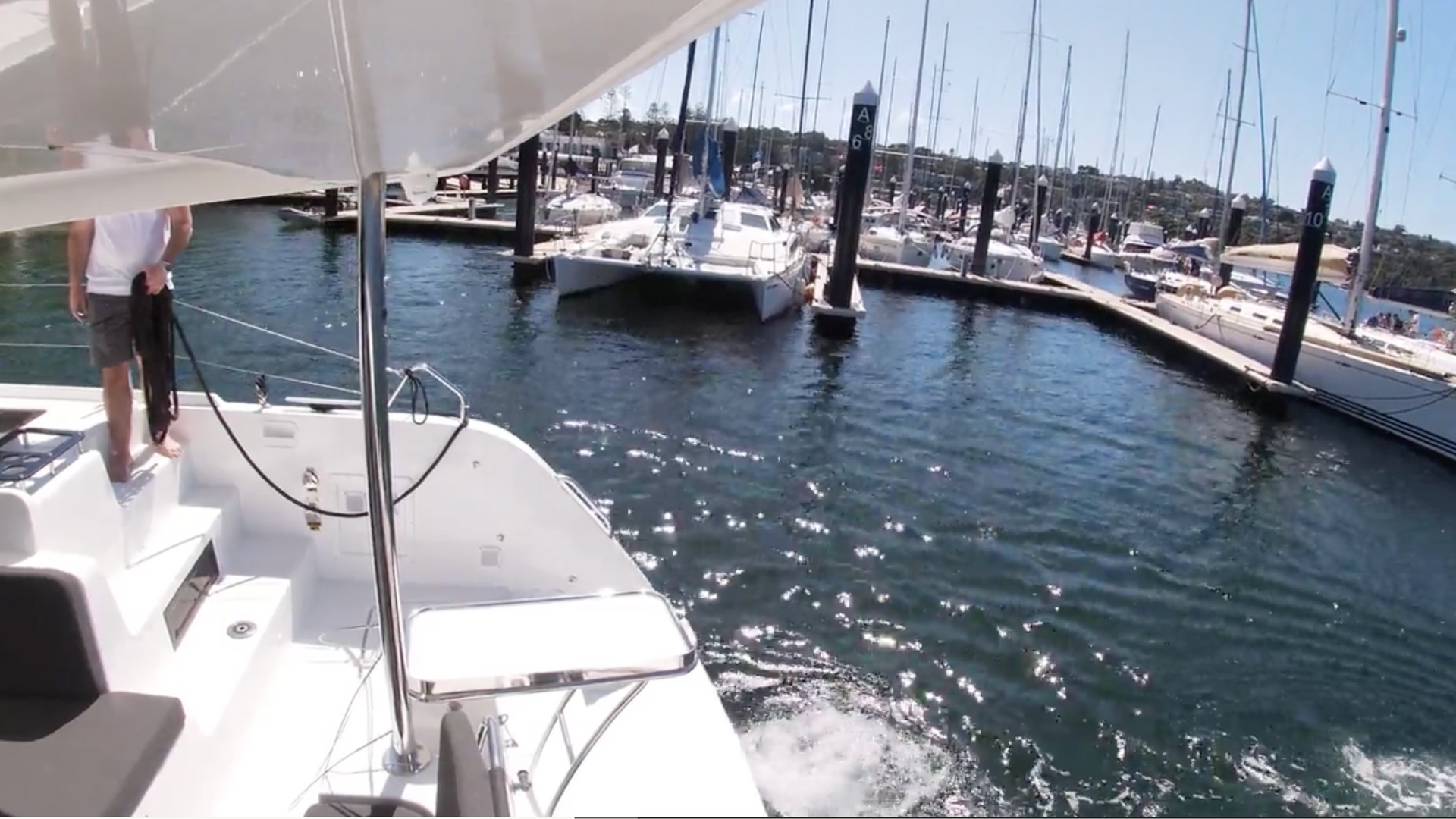
Step 5: Execute the Final Approach
- Aim for a Smooth Landing: As you close in, gradually reduce your speed. Use short bursts from your engines to correct any sideways drift caused by the crosswind.
- Fenders in Place: Ensure that your fenders are positioned to protect your catamaran from any potential impact with the dock.
Step 6: Secure the Lines
- Secure your stern line first: Once your catamaran is in position, secure the stern line, this will stabilise the vessel and give you control in the berth.
- Secure other lines: Secure the bow line and springs once the position in the berth is finalised.
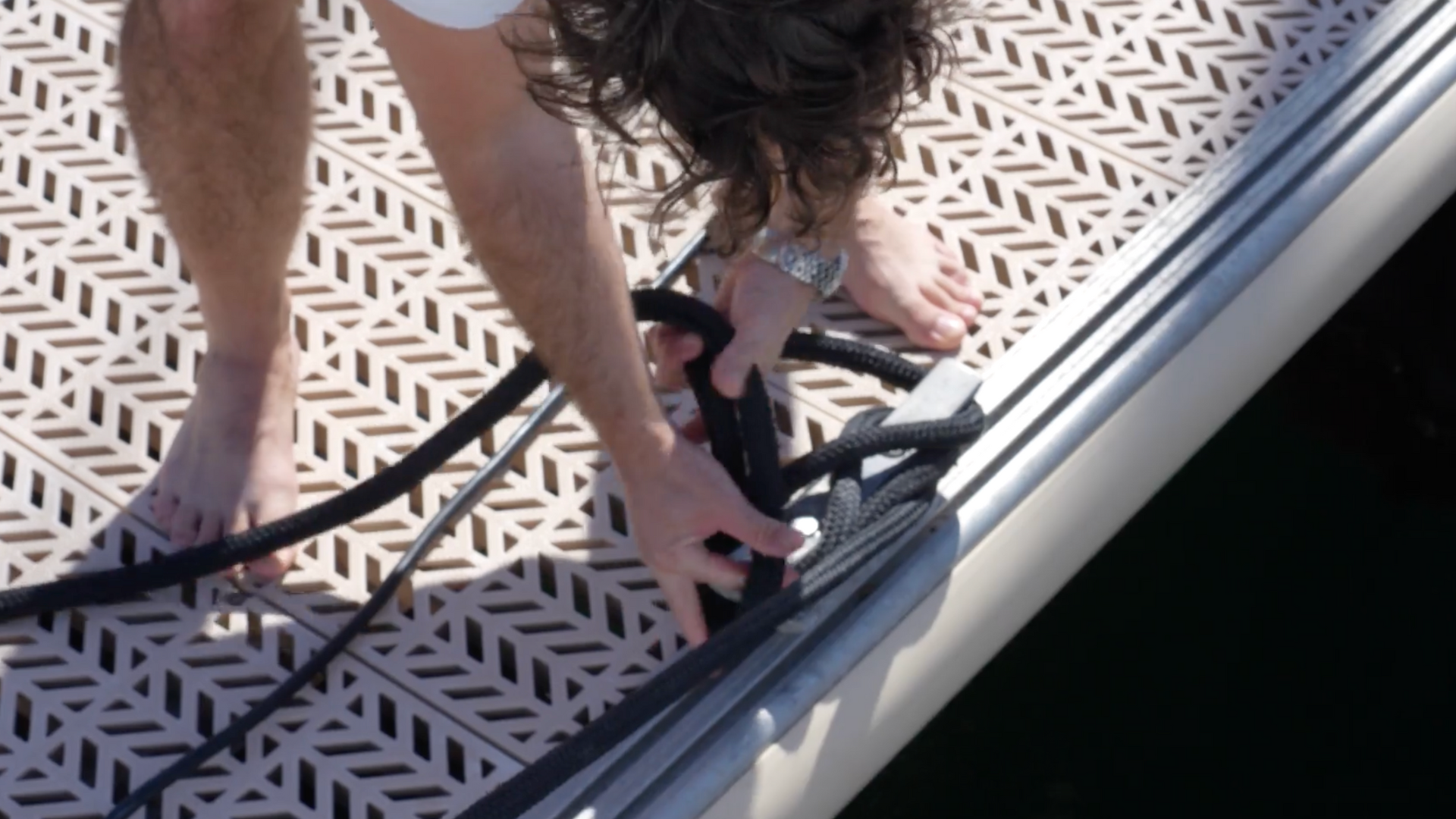
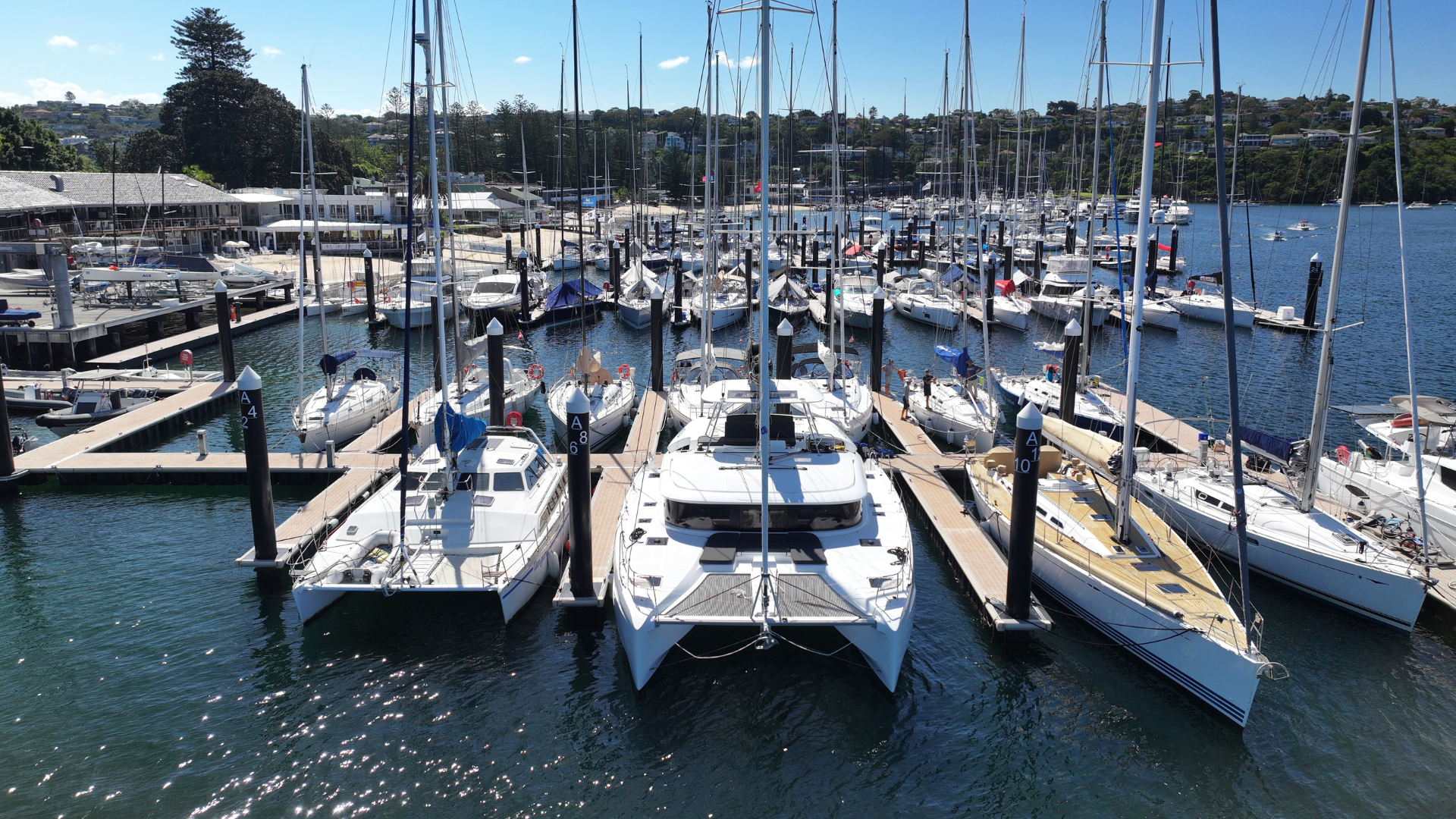
Step 7: Final Adjustments
- Check Tensions: Ensure all lines are securely fastened and appropriately tensioned.
- Assess and Adjust: Take a moment to assess the docking and make any necessary adjustments to the lines or fenders.
We hope this has helped you on how to dock in a crosswind. Docking a catamaran in a crosswind may seem daunting, but with the right preparation, approach, and communication, you can achieve a smooth docking every time. Practice these steps, and soon you’ll be docking like a pro, even in challenging conditions.
LATEST FROM THE INSPIRE AND LEARN SERIES
Master Catamaran Sailing with Lagoon Campus
Launching in 2025, TMG Yachts introduces the Lagoon Campus—a tailored training program designed to upskill future Lagoon catamaran owners.
How to Fly an Asymmetric Spinnaker on a Catamaran
In this guide, we delve into the intricacies of flying a Code Zero on a catamaran, specifically the Lagoon 46. Join our expert, Joe Fox, as he walks you through the setup, preparation, and manoeuvres involved in harnessing the power of this versatile sail.
How to Fly a Code Zero on a Catamaran
In this guide, we delve into the intricacies of flying a Code Zero on a catamaran, specifically the Lagoon 46. Join our expert, Joe Fox, as he walks you through the setup, preparation, and manoeuvres involved in harnessing the power of this versatile sail.


